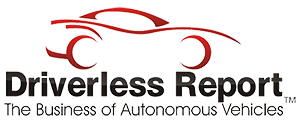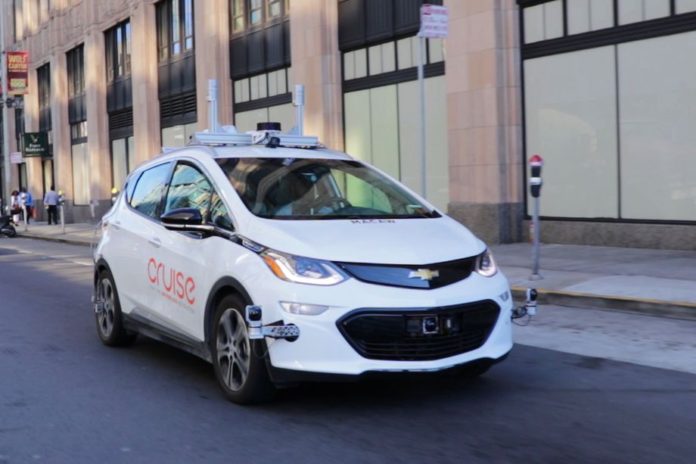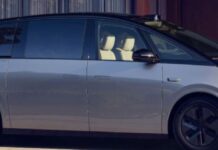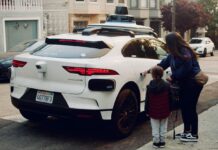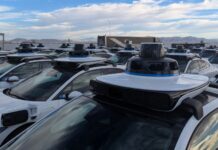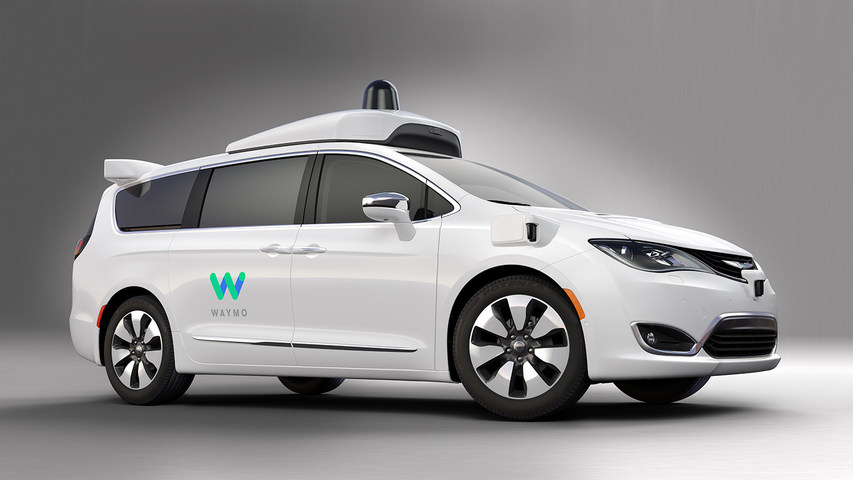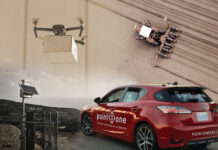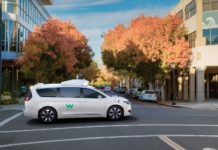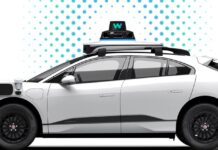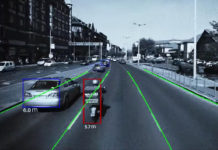Not many of us have been in self-driving cars. And that’s probably why a lot of people still fear the idea of getting behind the wheel of a car that’s run by a robot.
So when I took a ride in General Motors’ autonomous test car for the first time on Tuesday in San Francisco, Calif., that thought was at the top of my mind: I would be trusting this self-driving car to keep me safe.
In all fairness, this was a test vehicle, not one that GM’s autonomous arm, Cruise, is releasing to the public just yet. The company doesn’t pretend its cars are ready to be deployed without safety drivers, and even Alphabet’s Waymo — which recently rolled out truly driverless cars in a small part of Phoenix, Ariz. — would admit its cars still have more to learn before they are deployed en masse.
There’s also a lot to be said for a car company to take on the busy, congested, pedestrian-heavy streets of San Francisco for its demo, which is what GM boldly did for a small gathering of journalists.
The experience was kind of like hailing an Uber or Lyft, except there were two people in the front ensuring the car navigated safely, and a PR person from GM in the back with you. GM made a point of saying we were not allowed to speak to the person behind the wheel or in the front passenger seat — a particular detail that is different from how other self-driving companies have allowed engagement during test rides.
The app allowed me to “hail” one of the self-driving cars, and I could request a few pre-selected destinations. It was easy for anyone who has used the Uber or Lyft app.
There are a lot of unknowns when you operate in an urban environment, and it was interesting to see how the autonomous cars reacted.
For example: We were not 20 seconds into the ride on Tuesday when a dog, still on a leash, went into the middle of the street in front of us and proceeded to go to the bathroom. That’s not something a self-driving car (or even a human) can plan for.
While a human driver might have gone around the dog, GM’s self-driving car stopped even before the dog was fully in front of it. The dog did its business and then we moved on. For anyone who lives in a densely populated city, the experience was mercifully without a blaring car horn.
Cruise CEO Kyle Vogt has previously argued the best environment for an autonomous system to learn is busy city streets. If a self-driving car can learn to drive in downtown San Francisco, it will more easily be able to navigate less-congested suburban streets. That’s why the company also plans to launch a self-driving pilot in New York City in 2018.
The Cruise car operated relatively smoothly on the busy streets of San Francisco. According to a readout by the car at the end of our trip, in 2.3 miles we encountered 94 people, 12 bikes and 107 cars. (The official readout did not include the dog.)
Obstacles included a construction vehicle that pulled out in front of us quickly, and a large semi truck that turned down a narrow street, causing the car to brake and wait for it to pass. That experience in particular helped define the difference between a human driver and a robot.
As the truck turned toward us, our car waited — it did not use its horn, back up or move to the side. It just remained stopped as the truck passed within what looked like inches. A human driver could have taken it in any number of directions, but it was interesting to see how the car responded (or in this case didn’t) versus what I thought a human would have done.
The biggest difference riding in a self-driving car is getting over those gaps in how you would react versus how the car reacts. This self-driving car was overly cautious, which GM warned in advance. It paused longer than you would think at stop signs. It had a few stops and starts during red lights. And waiting five to 10 seconds to find a way around something is longer than a human would need to avoid obstacles.
/cdn.vox-cdn.com/uploads/chorus_asset/file/9770595/GMCruise_112817_InCarTablet.png)
Last year, Recode reporter Johana Bhuiyan and I took a ride in Google’s self-driving car, which was my first ride in an autonomous vehicle. Granted, that ride was on the relatively calm streets of Mountain View, Calif., and it didn’t face nearly the number of obstacles as GM’s car, but the experience overall did seem a lot smoother, and Google’s car was a bit more confident in how to handle turns and obstacles that it did encounter.
According to GM, the Cruise car has these helping it drive autonomously:
- 14 cameras
- three articulating radars
- five lidars
- eight radars
- 10 ultra-short-range radars.
For comparison, Tesla’s hardware suite, which CEO Elon Musk says will enable fully self-driving capabilities, has eight cameras, 12 ultrasonic sensors, one forward-facing radar and no lidar. Musk is one of the few in the industry who believes lidars aren’t a necessary part of an autonomous system.
GM recently acquired a lidar startup called Strobe, further vertically integrating its autonomous hardware. At Tuesday’s event, a GM spokesperson said Cruise has yet to integrate that lidar into its sensor suite, not surprising given how recent the purchase of Strobe was.
GM has a way to go to make its self-driving cars pleasant for riders to travel in in the city. The goal for GM (rightly enough) is the safety of its passengers, so the car drives very cautiously. But the company has put itself on a fast timetable, reporting that it has released three generations of test vehicles in about 18 months.
And while GM has gone from having no self-driving operation to having test vehicles three years later, as Vogt mentioned during the event Tuesday, “It’s really hard to pass human performance.” So we may have to wait a while longer before those robot cars, from any company, are picking us up in the streets.


